The much anticipated Lotus Evija has finally been unveiled. The car, pronounced ‘E-vi-ya’, is the British carmaker’s first all-new model since 2008, and the new EV is targeted to produce an output of 2,000 PS and 1,700 Nm of torque. The project is also the result of a technical partnership between Lotus and Williams Advanced Engineering (WAE).
With those target figures, Lotus claims that the Evija is the world’s most powerful production road car. The 0-100 km/h sprint is done in under three seconds, 100-200 km/h in less than three seconds, and 200-300 km/h in less than four seconds. In fact, Lotus says it takes less than nine seconds for the Evija to reach 300 km/h, which is better than any other direct competitor.
Power is fed through a bespoke in-line axial arrangement of two high-power density electric motors (supplied by Integral Powertrain), featuring integrated silicon carbide inverters and epicyclic transmission on each axle of the four-wheel drive powertrain.
Driving the wheels are four individual and extremely compact single-speed, helical gear ground planetary gearboxes that measure 100 mm in depth. Each gearbox comes packaged with the e-motor and inverter as a single cylindrical Electrical Drive Unit, and Lotus targets an output of 500 PS per e-motor.
A centrally-mounted 2,000 kW (70 kWh) lithium-ion battery, supplied with its management system by WAE, provides juice to the electric motors. The battery is visible through the glass rear screen where an internal combustion engine usually sits.
Lotus says the battery’s position delivers significant advantages in terms of styling, aerodynamics, packaging, weight distribution, occupant comfort and dynamic handling, while also supporting fast and convenient servicing and maintenance. Besides that, this setup enables future alternative battery packs – for example, to optimise track performance – to be easily installed.
The automaker added that the battery is the lightest, most energy dense, electric power package ever fitted to a road car. With a target weight of just 1,680 kg, the Evija will be the lightest pure electric hypercar ever to go into series production – it’s the first Lotus car to feature a one-piece carbon-fibre monocoque chassis that weighs a mere 129 kg.
The monocoque tub is supplied by Italian company CPC, a world-leader in composite technology. Constructed from multiple carbon plies, the manufacturing process is identical to that of an F1 chassis, and ensures the lightest, stiffest, safest and most technically advanced Lotus road car platform ever built.
There’s torque vectoring as well, which provides dynamic response and agility on the road. The system is fully automatic and can instantly self-adjust to distribute power to any given wheel within a fraction of a second. Five drive modes are available – Range, City, Tour, Sport, and Track. In Track mode, torque vectoring is further optimised to potentially help improve lap times.
Of course, being a Lotus, much of its track-bred traits can be legally enjoyed on normal roads, hence the Range and City drive modes. Speaking of range, the Evija claims to provide a pure electric driving range of 400 km (based on WLTP protocols). While that may not seem groundbreaking, the hypercar is able to accept 800 kW ultra-fast charging, which is nearly twice that of BMW-Porsche’s 450 kW FastCharge system.
When plugged in to an 800 kW charger, it takes just nine minutes to fully recharge the battery. However, 800 kW charging units are not yet commercially available, but any existing fast charger, such as a 350 kW unit, allows the Evija to be fully charged in 18 minutes. Lotus is currently in discussions with external suppliers on a charging solution for customers. The CCS Type 2 charging socket is hidden behind a vented flap at the rear of the car.
For suspension, the Evija’s motorsport-derived system features three adaptive spool-valve dampers (manufactured by Multimatic) for each axle which are mounted inboard to optimise aerodynamics. The magnesium wheels (20-inch up front, 21-inch behind) are shod with mixed Pirelli Trofeo R tyres, whereas the brakes consist of forged aluminium AP Racing system with carbon ceramic discs all round. An electro-hydraulic steering system is fitted for the purest steering feel.
Design-wise, Lotus says the outer shell is pretty much production-ready. The low-slung car rides just 105 mm above the ground, with muscular haunches that envelop the classic Lotus teardrop cabin. Laser lights are fitted for both main and dipped beams (first in the world, produced by Osram). The rump features the Venturi tunnel (inspired by Le Mans race cars) which optimise air flow by directing it through the bodyshell.
To highlight its importance, each tunnel is edged with a red LED to create a striking ribbon-style light signature, which also acts as the brake lights – the turn indicators are integrated into the corners. As an extra detail, an LED hidden within each tunnel illuminates its interior, and the reverse light is provided by the letter ‘T’ of the Lotus script. Nice, isn’t it?
The exterior also features active aerodynamics in the form of a rear spoiler. It sits flush with the body at rest, but can be manually deployed at will or in Track mode. Other notable aero bits include an integrated air diffuser which extends from under the B-pillars to the rear, as well as an optimised underbody cover.
For those paying close attention to design, you’d notice the lack of wing mirrors. That’s because they are now replaced by side-view cameras which are electronically deployed on unlock, while another camera built into the roof provides a central rear view. Images are displayed on three interior screens.
Also, there’s no physical door handles to get into the cabin. Opening the two dihedral doors is done via key fob, upon which reveals a minimalist cabin that has defined the automaker for seven decades. Once inside, a switch in the roof console closes the doors.
Greeting the driver is a rectangular steering wheel with controls to the car’s Drag Reduction System (DRS), cruise control system, and a “Manettino” dial to toggle between drive modes. Behind that is a state-of-the-art digital instrument display, providing the driver with key information such as mode, battery charge and remaining range. It is the only display screen in the car, and it also has a digital chronograph to help record lap times.
Other controls are located on the floating ‘ski slope-style’ centre console, featuring touch-sensitive haptic feedback buttons. Each is integrated in unique hexagonal recesses to help guide the driver’s fingers. The same honeycomb design of the buttons is replicated on indicator stalks and on the surface of the aluminium foot pedals.
Climate control and a premium infotainment system are fitted as standard. Customers can seamlessly integrate their smartphones via Apple CarPlay and Android Auto, accessing their preferred music and navigation. A range of connected services (a first for Lotus) with over-the-air software updates can be had as well, while an onboard modem enables cloud communication.
The new Lotus smartphone app enable drivers to monitor their Evija from anywhere in the world, for example, to check the battery charge status and driving range. It will also support remote use of air conditioning to either heat up or cool down the cabin prior to the next drive. Data logs for previous track sessions can also be accessed remotely.
So that’s pretty much it for the Lotus Evija, also known as the Type 130. It’s the first completely new car (and first Lotus hypercar) to be launched under the stewardship of Geely, and production is limited to 130 examples globally. All units can be further personalised, and each of them will be hand-built in Hethel, with prices starting from £1.7 million (RM8.7 million). Interested parties will have to fork out a deposit of £250,000 (RM1.28 million) to secure a production slot.
Speaking at the unveiling in London, Lotus Cars CEO Phil Popham said: “The Lotus Evija is a car like no other. It will re-establish our brand in the hearts and minds of sports car fans and on the global automotive stage. It will also pave the way for further visionary models.”
Looking to sell your car? Sell it with Carro.

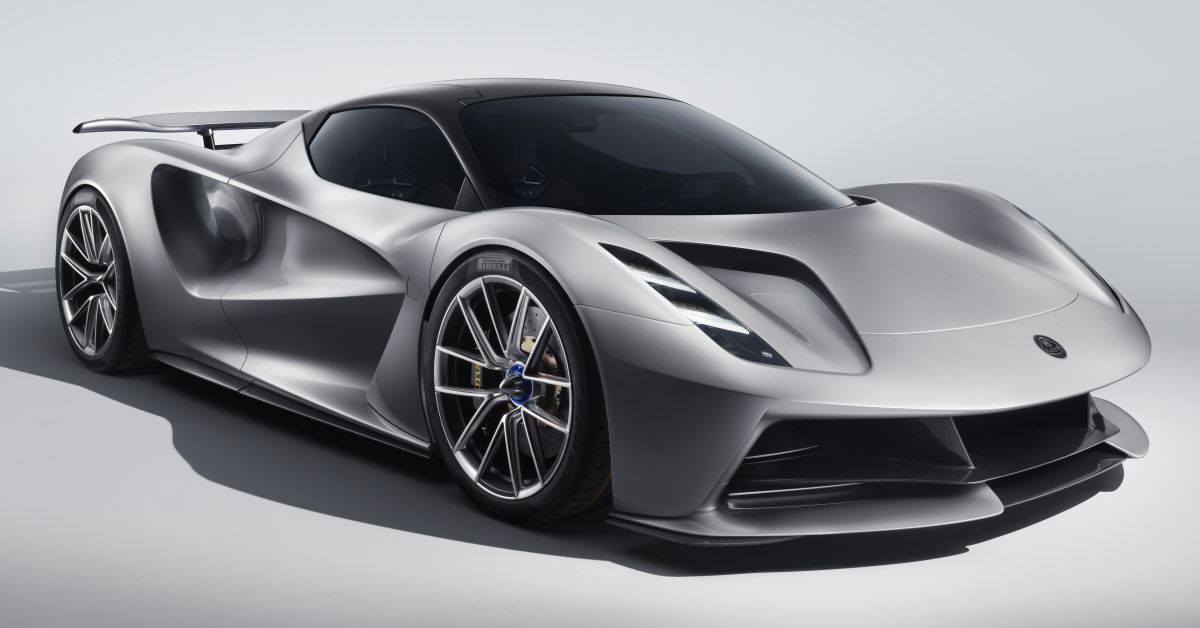
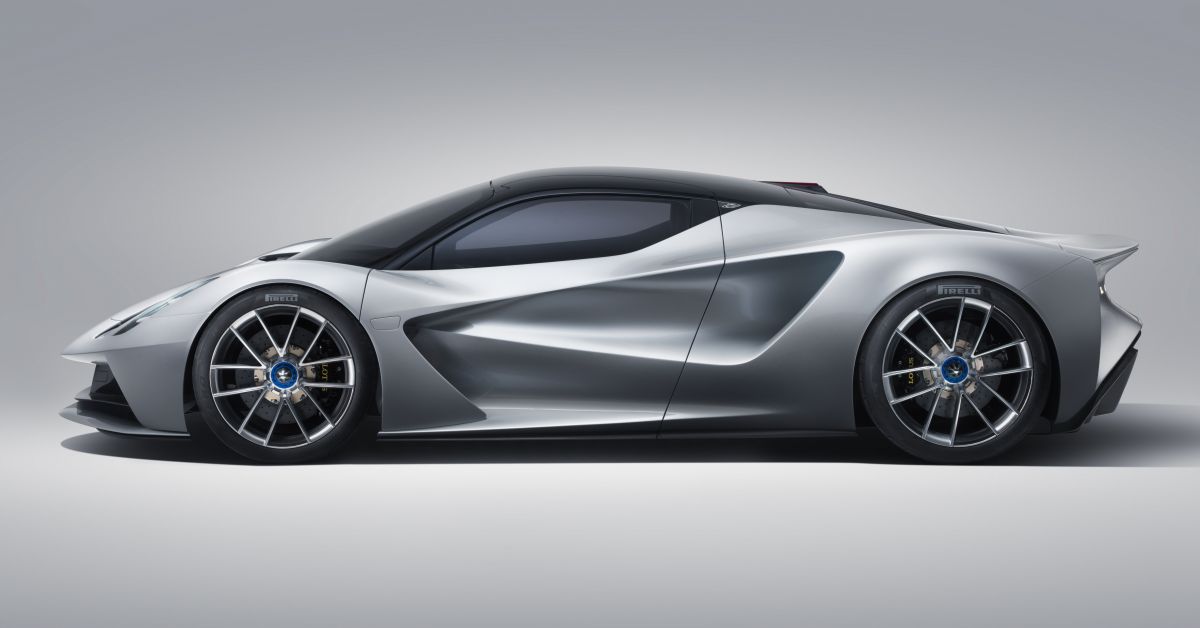
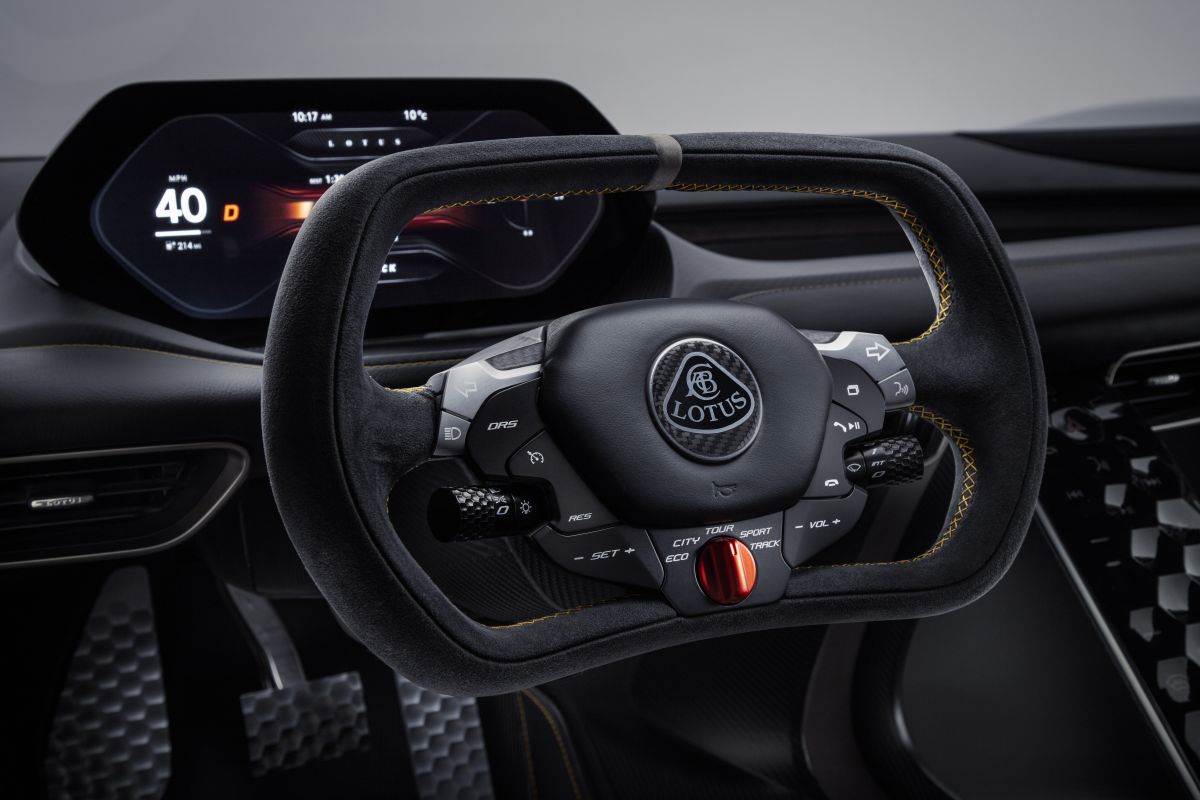




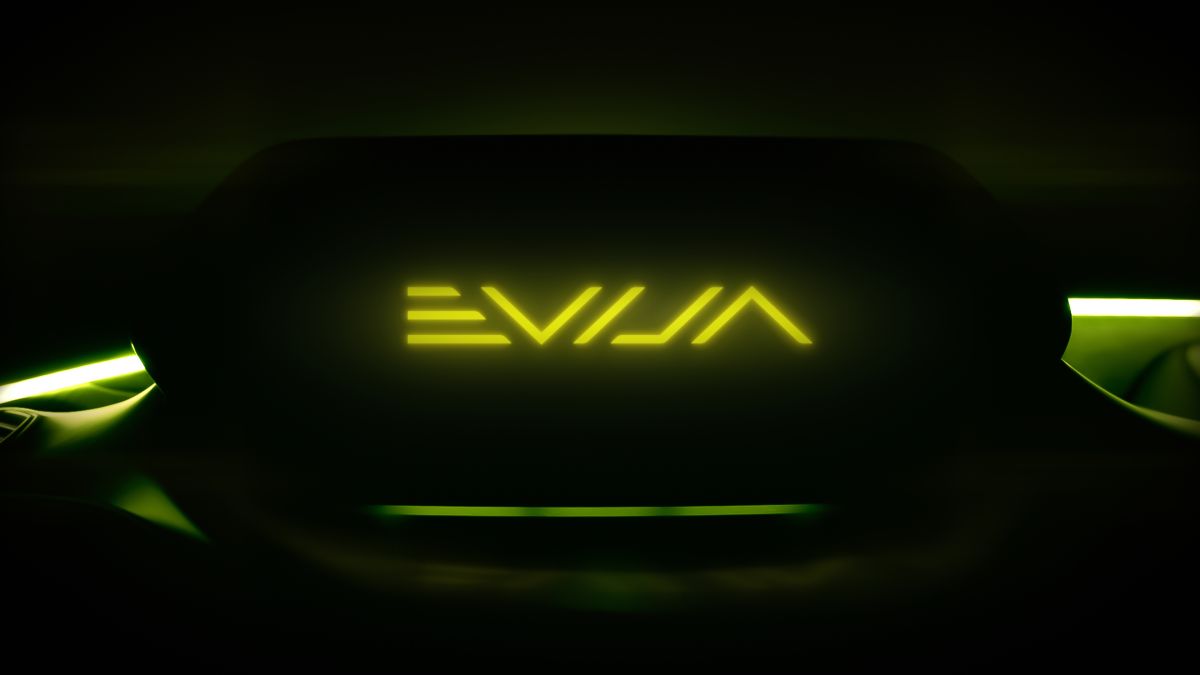
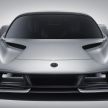
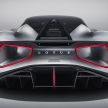
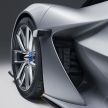
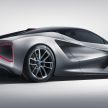

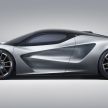
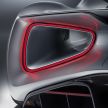
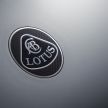
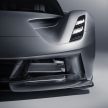
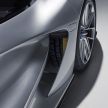
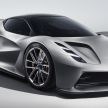
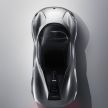
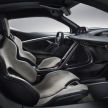
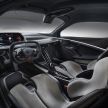
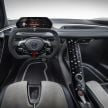
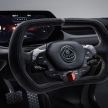
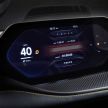
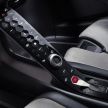
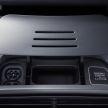
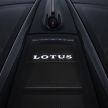




Really got to salute Geely for reviving the Lotus brand and in great fashion. I think Proton really missed the opportunity to make use of Lotus’ engineering brilliance when they owned Lotus. All I can recall now is the tuned by Lotus badge on certain Proton cars.
Nope. Have you forgotten Campro engine? The Campro wouldn’t have been possible without the collaboration and engineering input from Lotus. That was the reason why Proton bought Lotus. Its for the Lotus Engineering arm, the Cars arm was just the icing on top.
Proton lacks the foresight to see the potential of the Lotus brand. Geely knew from their Volvo purchase that you can get a lot out of a brand.
Not really a surprise that they allow Lotus to make a $2.1 mil car and become the latest member of the million dollar priced hypercar brand.
China build super sport & hyper car, will just a snap finger issue in future!
Except, it is hand-built in Britain by the British. Mhmm.
The car name also so China-man but the article mention nothing about China. Instead it has to hide behind “British Carmaker”. Just like their Volvo advertisement “Made by Sweden” instead of “Owned by China”.
newme/dumbme: Volvo and Lotus must be called ‘Owned by China’ now.
Everyone else: But Volvo is still based in Sweden, employing Swedes and Volvos are still being mad there. Same case with Lotus in UK.
newme/dumbme: I don’t care. I just hate China. Everyone else: That’s your problem. Now, go bother someone else. Shoo!
Holy hell Lotus,
Good to see you back on track again!
It’s not ugly by any means but personally as a lotus enthusiast, it doesn’t look lotus.
indeed… im sure it could be one of the greatest car on planet
but it doesnt feel like lotus at all….
Don’t cry for me Argentina.
My Lotus has never loved you.
By Evija… I mean Evita.
After Lotus left Proton hands, Lotus started improving leaps and bounds. Now they have this hypercar. Wow.
We must thank China and Geely for this. Just like Proton. Proton is doing well now because of the hard work of
1) Li Chunrong
2) Geely
3) China
Truly amazing how China is improving ailing car companies and bringing life into them
Bravo Cina and Geely
Lotus designs has always been spot on.
Seriously, this is even more exciting than any upcoming Ferrari or Porsche.
Certainly, the Evija is better looking than the SF90. Performance-wise, only the upcoming AMG One, Aston Valkyrie, Koenigsegg Jesko and Rimac C2 are in the same league.
Hahaha… typical statement from Proton clowns. Dekat-dekatkan diri to others that are out of their league without shame.
Hahaha, here comes the low IQ dumbme again. Let see what comment he will say to make himself feel better.
I wonder if rich pak cik/unker owners can withstand the acceleration of the car or not…..hehehehe
hmm the power figures seems like the project gona get scrap or toned down.
btw Evija is a hebrew name
Wonder why Proton never make use of this LOTOS , Proton owned LOTUS and the only thing they gave Malaysian was LOTUS RIDE & Handling , They should have produce LOTUS for Malaysian and sale it a bit cheap so that we could have own a sports car…
LOTOS? LOTOS?! Are you kidding me?
LOTOS? LOTOS?! Are you kidding me?